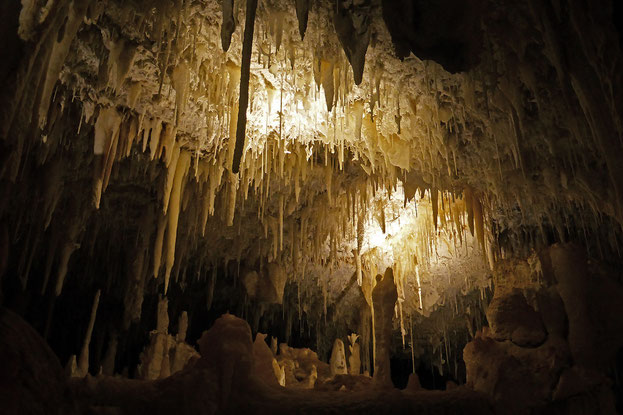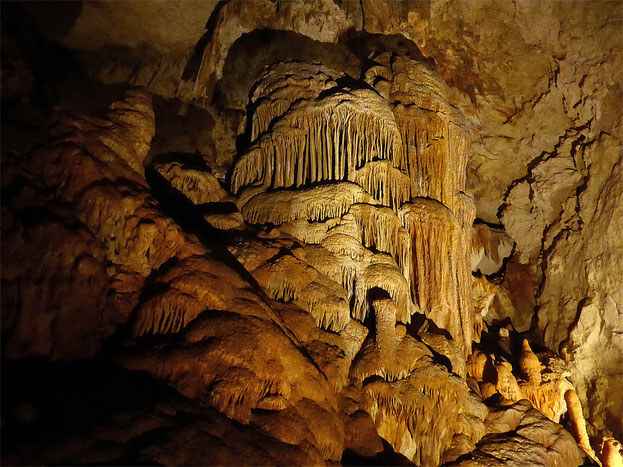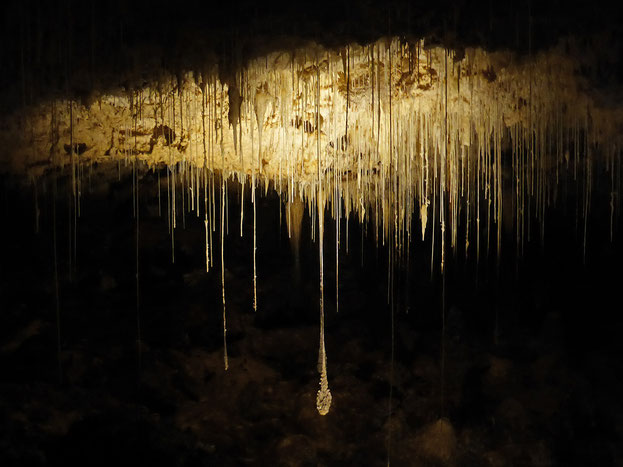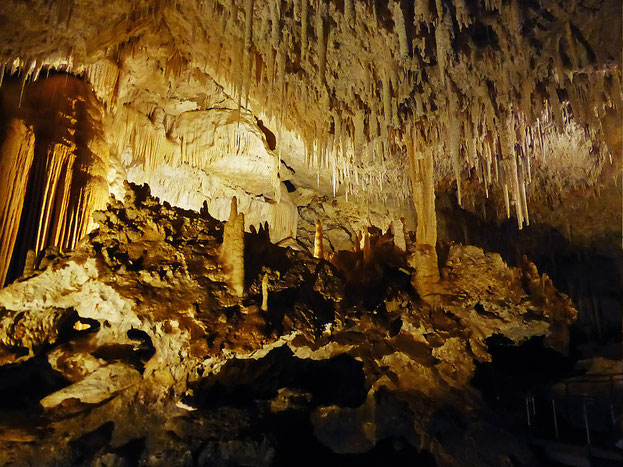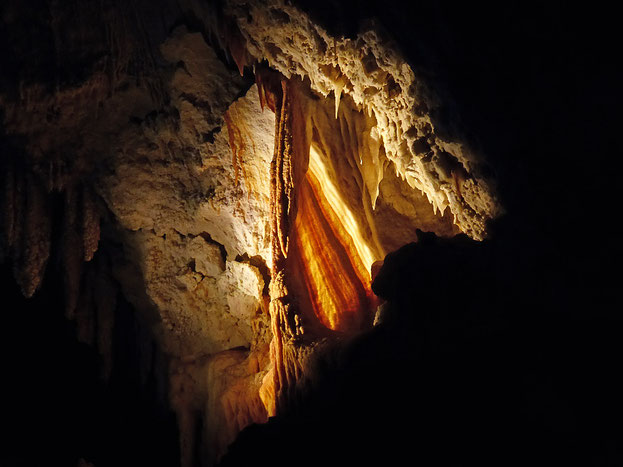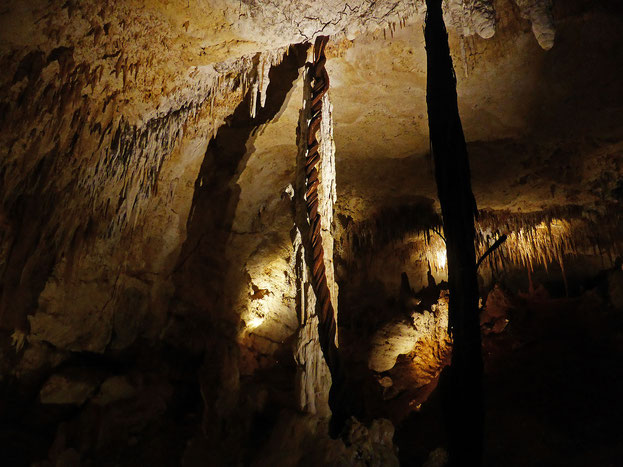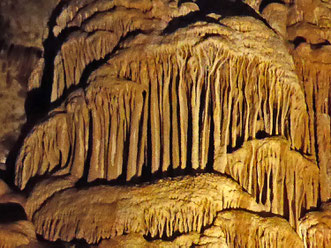
I'm house-sitting in Augusta, in the Margaret River Region, in the south-west of Western Australia.
The region is defined by Cape Leeuwin in the south, and Cape Naturaliste in the north. There’s lots of limestone here, with a huge limestone ridge running virtually from one cape the other. As I’ve noted in a previous post, limestone creates interesting landscape features. The limestone dissolves into the water that permeates through it, leaving cavities under the ground. With enough time those cavities enlarge to become caves, and this whole area is riddled with them – more than one hundred are known.
Some of the more accessible and larger caves have been opened up to visitors. One of those caves, Jewel cave, is only ten minutes’ drive from our house-sit in Augusta. We’ve just been for a visit, and it’s a great experience.
Cave formations
Not only are the caves created by dissolving the limestone, they are decorated by it, too. Ground water that seeps back into the caves also has dissolved lime in it, and, as the water drips off the cave walls, and as it hits the floor below, it leaves a small deposit of lime, which, over thousands of years creates a range of fantastic forms. These forms fall into two main groups, with stalactites hanging from the ceiling, and stalagmites building up on the floor of the cave. The stalactites and stalagmites eventually meet, forming a column from the cave floor to the ceiling.
These are stalactites on the ceiling in Jewel Cave:
This stalagmite formation is named the Karri Forest, as it looks like the trees in the forest on the ground above the cave:
The chamber below the Karri Forest has a formation that looks like stone flowing down the slope; it’s called flowstone.
These are straws and a pendulite:
The straws are narrow hollow stalactites; the longest straw in Jewel Cave is five metres long.
These stalactites have joined together to create a formation named The Organ Pipes:
Here are more stalactites and stalagmites:
Some formations build up into a thin, hanging sheet.
These formations are called drapery; this one has been lit from behind to show its structure:
It’s named the Bacon Rasher.
Here are some more stalactites:
Wind holes, and discovering the cave
The Jewel Cave system has three main chambers. This is the view inside the first chamber looking back toward the cave entrance just after entering the cave, with stalagmites on the floor of the cave:
This is another view in the same chamber:
The coiled object running down a large stalactite/stalagmite column is a tree root from one of the karri trees in the forest above. The dark shadowed object in the fore ground is also a tree root.
These trees roots will eventually die, leaving a hole in the ceiling of the cave, which runs through to the surface. These openings are called wind holes, because air moves in and out of the cave through these openings.
This is one of those holes, in the ceiling of Jewel cave:
You can see the daylight in the top of this hole.
Jewel Cave was discovered because of air blowing out of this entrance moving the leaves of the nearby trees on a still day.
This is the hole through which the cave was first explored. The ceiling here is about twelve metres above the floor, which you’d need to be prepared for if you were the first person to enter the cave by climbing down that wind hole!
The bushwalk
Above the cave there is a short bushwalk through the karri forest on the property. Here’s some of those karri trees:
The bushwalk is well worth doing, as it goes past the top of the original entrance to the cave, and the unused entrance to another nearby cave system, Moondyne Cave, as well as lots of lovely karri trees. These entrances look insignificant; it would be very easy to not see them and fall in – something to keep in mind when doing any off-track bushwalking in the area! A mummified thylacine (Tasmanian tiger), which would have fallen down one of these holes, has been found in Jewel Cave.
Tags
If you enjoyed this blog post, you can find related posts under these headings:
Share this The Journey and the Destination post using your favourite social media:
Would you like to add something, or ask a question? Add a comment below (you can leave the 'Website' field blank):

